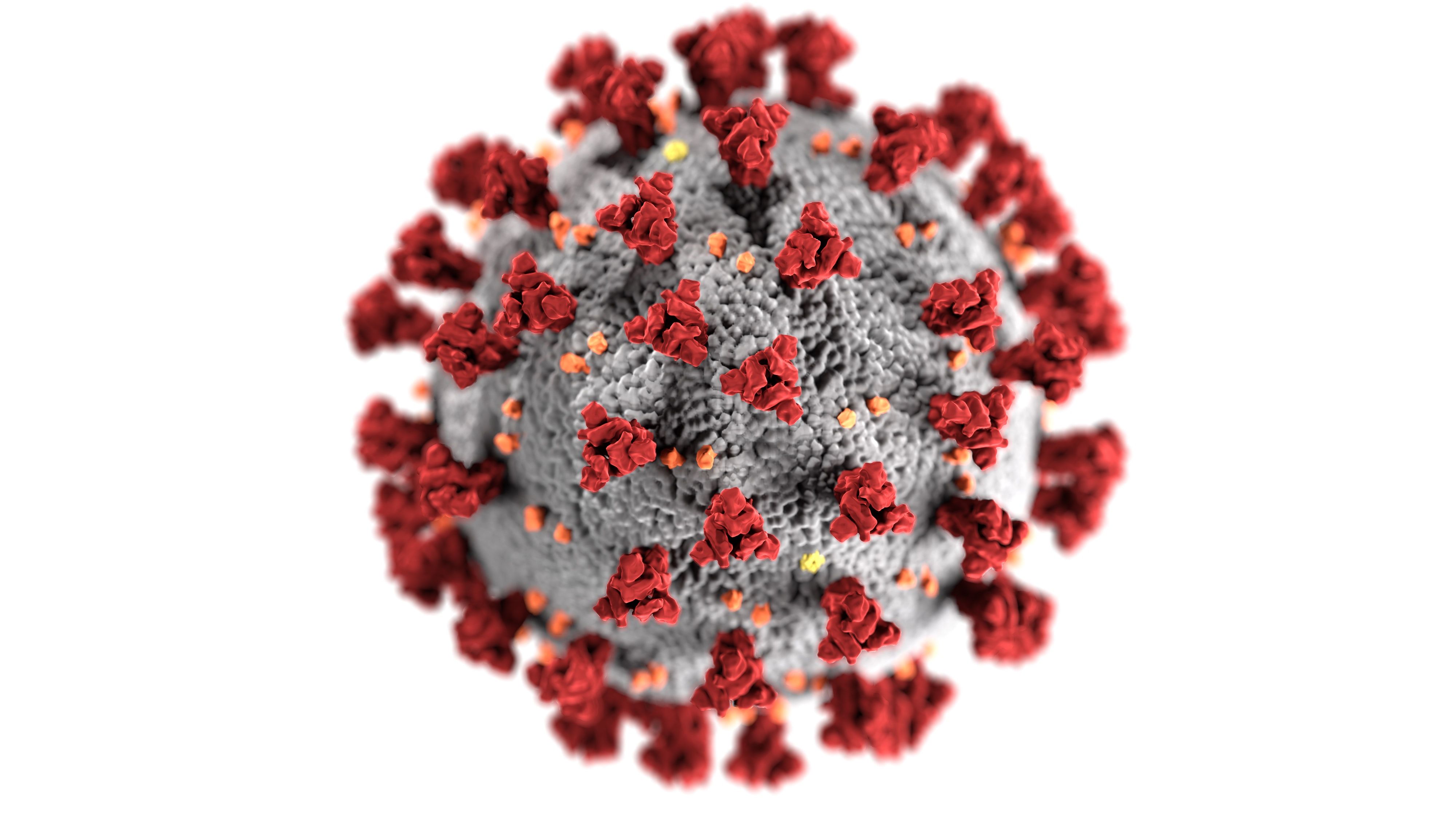Excess Deaths in the US Increased 20% During COVID-19
Two-thirds of all excess deaths this year have been directly driven by the pandemic, according to findings.

The totality of coronavirus 2019 (COVID-19) is a difficult metric to distinguish, but measures of US patient health outcomes during the height of the pandemic depict an unprecedented burden.
New data from a research letter showed that US deaths per month—a commonly consistent rate—increased by 20% from March-July this year. COVID-19 was a documented cause of death in two-thirds of these excess cases.
The findings, from investigators at Virginia Commonwealth University School of Medicine and Yale School of Public Health, also showed excess deaths were highly concentrated from regions first impacted by the pandemic, and occurred mostly in a matter of weeks.
Steven H. Woolf, MD, MPH, and Derek A. Chapman, PhD, of Virginia Commonwealth, and Roy T. Sabo, PhD, of Yale, sought to update previous analysis which showed COVID-19 was cited in just 65% of excess deaths in March-April from this year, while non-coronavirus causes of deaths increased sharply in the 5 states reporting the most COVID-19 deaths.
They aimed to contribute a fuller understanding of recent US excess deaths through August 1 of this year, with an estimate of excess death totals plus an exploration of its temporal relationship with state-by-state lifts of COVID-19 restriction.
“Previous studies of excess deaths (the gap between observed and expected deaths) during the COVID-19 pandemic found that publicly reported COVID-19 deaths underestimated the full death toll, which includes documented and undocumented deaths from the virus and non–COVID-19 deaths caused by disruptions from the pandemic,” they wrote.
The team used death data for 2014-2020 and national population counts from the National Center for Health Statistics and US Census Bureau. Death counts from March 1 – August 1 of this year were taken from provisional, unweighted data released in early September. Two states (Connecticut, North Carolina) were omitted due to missing data.
COVID-19 deaths were defined as any death which cited the virus as an underlying or contributing cause. Deaths unrelated to COVID-19 were available for underlying causes of death, including Alzheimer disease, cardiovascular disease, and 10 other grouped causes, defined elsewhere.
Woolf and colleagues calculated the total of consecutive weeks during which 90% of excess deaths occurred (ED90) in order to estimate epidemic curve dispersion per state.
From March 1 – August 1, investigators observed 1,333,561 excess deaths in the US—a 20% increase over the estimated expected 1.1 million deaths (1,111,031; 95% CI, 1,110,364 – 1,111,697).
Of the 225,530 estimated excess deaths, 150,541 (67%) were attributed to COVID-19. The 3 states to account for 30% of all excess deaths in this period—New Jersey, New York, and Massachusetts—also reported the shortest epidemics (ED90 <10 weeks).
The 10 observed states to have the greatest excess death rate per capita included:
- Arizona
- Delaware
- Louisiana
- Maryland
- Massachusetts
- Michigan
- Mississippi
- New Jersey
- New York
- Rhode Island
Woolf and colleagues observed increases for cardiovascular disease mortality rates from late March to early April. They also noted 2 different spikes for Alzheimer disease and dementia-related deaths in the same time period, and then again from early June to late July.
Some states, they wrote, had more difficulty in containing community COVID-19 spread, which caused protracted excess deaths into the summer season.
“US deaths attributed to some noninfectious causes increased during COVID-19 surges,” they wrote. “Excess deaths attributed to causes other than COVID-19 could reflect deaths from unrecognized or undocumented infection with (SARS-CoV-2) or deaths among uninfected patients resulting from disruptions produced by the pandemic.”
In an editorial accompanying the findings, Harvey V. Fineberg, MD, PhD, of the Gordon and Betty Moore Foundation in Palo Alto, stressed the importance of understanding and distinguishing COVID-19’s contribution to both direct and indirect excess mortality. Anything from trepidation about receiving in-person care due to the pandemic, to undiagnosed underlying coronavirus influencing the burden of another infection could drive indirect mortality.
“Over time, further analyses of mortality patterns may illuminate the direct, indirect, and missed counts of deaths attributable to COVID-19,” Fineberg wrote. “If the winter months bring a combined increase in both COVID-19 and influenza, attribution of unassigned excess mortality between COVID-19 and influenza may be problematic.”
Despite research limitations including a reliance on provisional data and potential inaccuracies in death certificates, Woolf and colleagues concluded the pandemic has already left an indelible mark in national mortality rates.
The letter, “Excess Deaths From COVID-19 and Other Causes, March-July 2020,” was published online in JAMA.